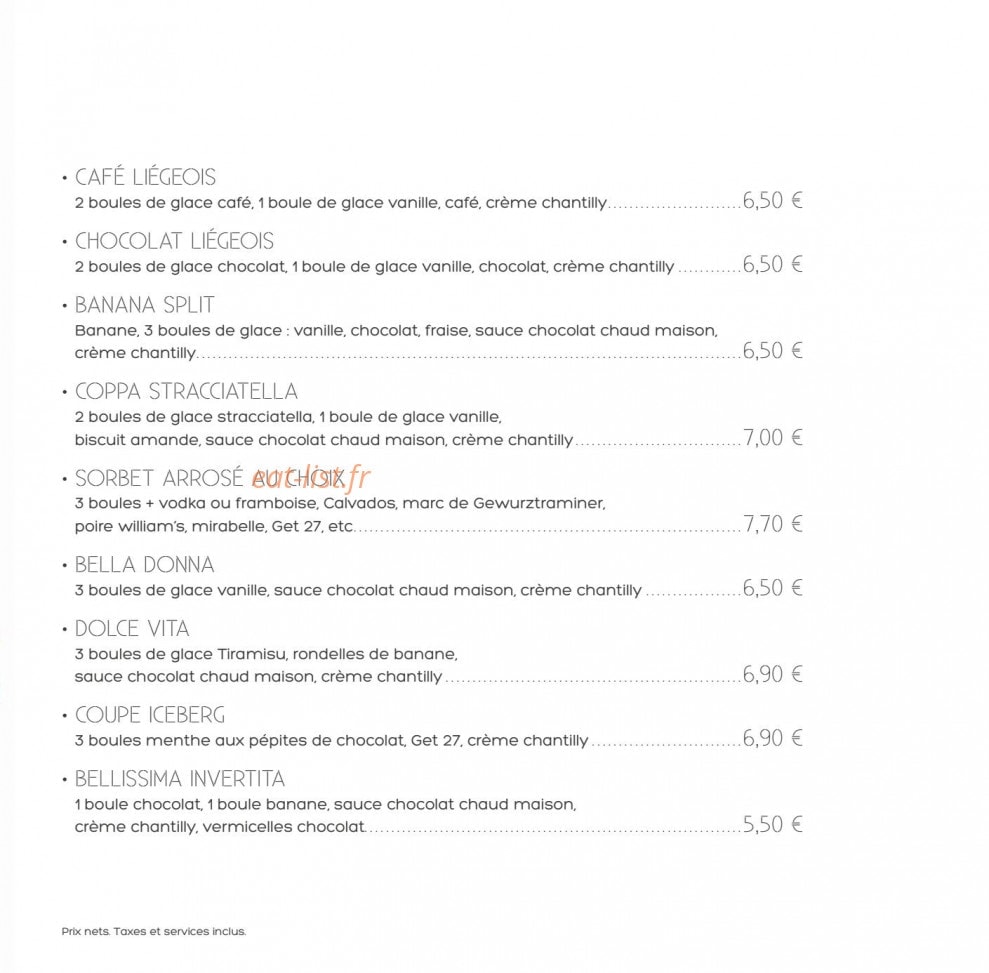
The advice offered below is based on the current State of the Character Optimization Meta as of when the article was last updated. We also won’t cover Unearthed Arcana content because it’s not finalized, and we can’t guarantee that it will be available to you in your games.

We will not include 3rd-party content, including content from DMs Guild, in handbooks for official content because we can’t assume that your game will allow 3rd-party content or homebrew.


This technique is produced by pulling the string away from the fretboard, and letting it snap back, creating a percussive, violent sound. Another technique is called the "Bartók snap" or "Bartók pizzicato," named after Hungarian composer Béla Bartók who used the effects in his violin music and string quartets. Other techniques exist, such as plucking the strings with the left hand, but are very difficult and are only used in the most virtuosic repertoire. During longer passages, the bow will be put down while plucking the strings. For short passages, the bow is held in the left hand while the strings are plucked with the index finger. Double bass parts in these styles are almost exclusively plucked, as opposed to being played with a bow.īowed string instruments will typically play pizzicato passages with the right hand, while notes are fingered with the left. Pizzicato is also popular in jazz and blues music, particularly with the double bass. The abbreviation "pizz." is typically used in a musical score to indicate the use of pizzicato, and the performer is to continue until the point when "arco" (which means "bowed") is written. Various other pieces of music use pizzicato specific instructions are provided to performers when to use pizzicato.

The pizzicato technique first saw use in Claudio Monteverdi's Il Combattimento di Tancredi e Clorinda, which was performed in the mid 1600s, sometime around 1638. The plural form of pizzicato is "pizzicati." Different techniques are used on different instruments, such as the violin or the guitar. Pizzicato (from Italian pizzicare, to pluck, pinch) refers to a playing technique of plucking the strings on a stringed instrument.


 0 kommentar(er)
0 kommentar(er)
